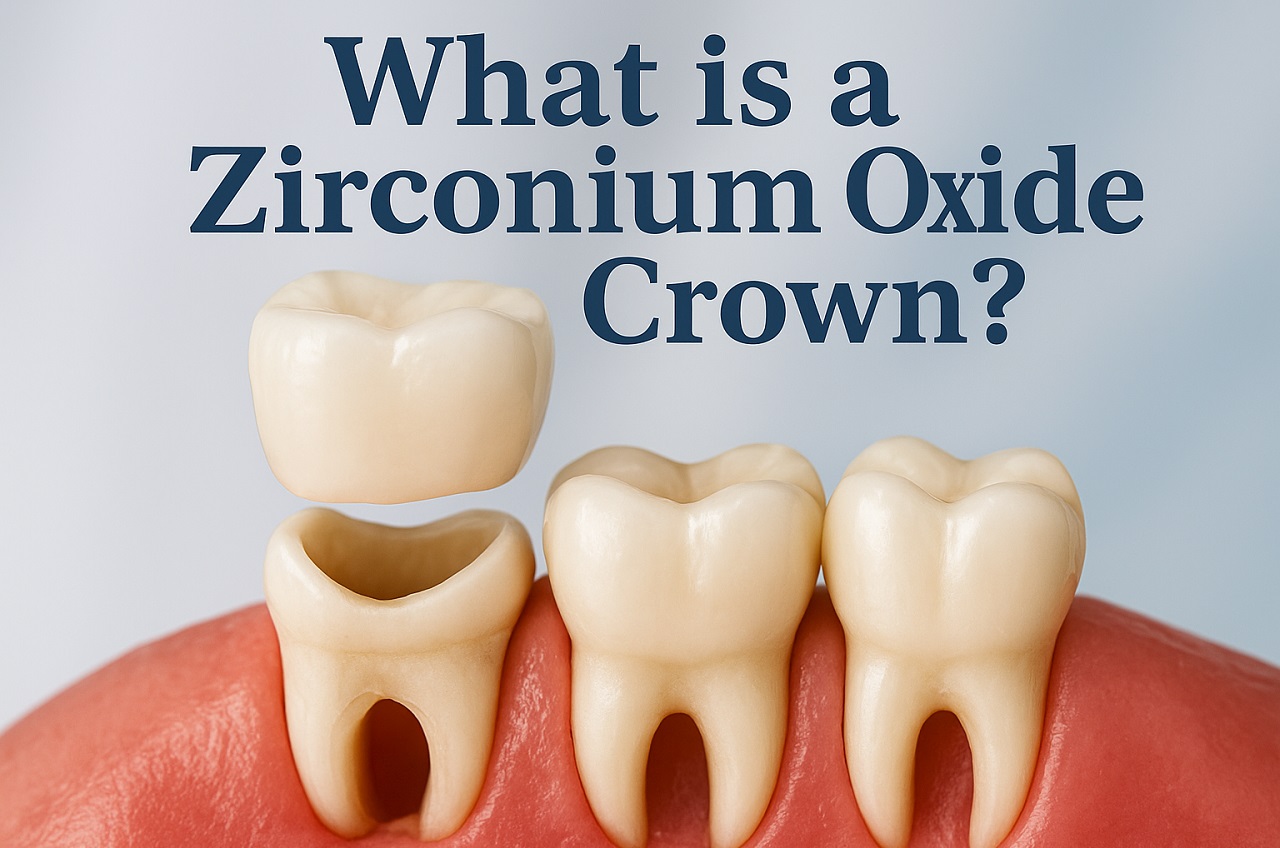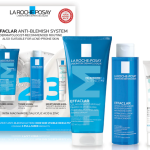Are you frustrated with patients coming back because of fractured crowns or unsatisfactory aesthetics? As a dentist, delivering restorations that are strong, biocompatible, and visually pleasing isn’t optional; it’s essential. That’s where zirconium oxide crowns step in as a reliable option. This guide is crafted to help you understand, select, and apply zirconium oxide crowns confidently in your clinical workflow.
What is a Zirconium Oxide Crown?
Zirconium oxide crowns are dental restorations made from zirconia, a high-performance ceramic derived from zirconium dioxide. These crowns are renowned for their superior strength, natural aesthetics, and excellent tissue compatibility. They offer a solid alternative to traditional materials like PFM or gold.
But what truly sets a zirconium oxide crown apart? It combines metal-like durability with the beauty of ceramics, without compromising gum health. This makes them a favorite in both anterior and posterior restorations.
Why Are Zirconium Oxide Crowns Becoming a Go-To Choice?
Ever struggled with porcelain chipping, allergic reactions, or unhappy patients due to visible metal margins? Zirconium oxide crowns solve these concerns while enhancing your workflow with digital compatibility.
Zirconium oxide crowns deliver high fracture resistance, handling heavy occlusal loads and bruxism cases with ease. They are ideal for molars and full-mouth rehabilitations where durability is non-negotiable.
Their metal-free composition makes them non-reactive, reducing the risk of inflammation or irritation. This is a game-changer for patients with metal allergies or sensitivities.
With modern high-translucency options, zirconium oxide crowns reflect light like enamel. No more grey lines or dark margins. You get reliable aesthetics and function in one restoration.
Another significant benefit is minimal tooth reduction. You can preserve more of the natural structure with preparations as low as 0.5 mm in some cases. This is especially useful for young patients or those with small teeth.
When placed properly, zirconium oxide crowns last over a decade. They retain their shape, strength, and color without degrading in the oral environment. For practices using CAD/CAM technology, zirconia crowns fit perfectly into digital workflows in a dental lab, enabling faster, more precise results.
Types of Zirconium Oxide Crowns Dentists Should Know
Not all zirconium crowns are the same. Choosing the right one depends on the clinical need and the patient’s expectations.
Monolithic zirconium oxide crowns are milled from a single block of zirconia. These offer unmatched strength and reduced risk of chipping, making them ideal for posterior restorations or bruxism patients.
Layered zirconium oxide crowns feature a zirconia core with porcelain layering for a more natural appearance. They suit the anterior zone where smile aesthetics matter most, though they may be slightly less durable.
High-translucency zirconium oxide crowns are crafted for front teeth. They reflect light beautifully and support custom shading for better smile design.
Before deciding, ask: Is the restoration in the smile zone? Is the patient bruxing or concerned about metal allergies? What’s more important to them, durability or aesthetics?
Clinical Workflow: Placing a Zirconium Oxide Crown Step-by-Step
If your zirconia cases don’t fit right or require multiple adjustments, the issue may lie in the workflow. A consistent approach makes all the difference.
Begin with a thorough case evaluation. Consider occlusal forces, esthetic demands, and the available prep space. Decide if a monolithic or layered zirconium oxide crown is most appropriate.
During preparation, aim for 1.0 to 1.5 mm of occlusal reduction and 1.0 to 1.2 mm of axial reduction. Use either a deep chamfer or shoulder margin to ensure clean, durable seating.
For dental impressions, digital is preferable. Intraoral scanning eliminates distortion, enhancing marginal fit. If you’re using traditional methods, opt for PVS or polyether and maintain excellent isolation.
Even though zirconium crowns can be fabricated quickly, place a temporary restoration to protect the prepared tooth. Use bis-acrylic or PMMA materials and ensure comfort and soft-tissue health.
Crown fabrication can occur in the lab or in-office using CAD/CAM systems. Once the zirconium oxide crown is sintered and finished, check fit, contacts, and occlusion carefully. Any adjustments should be made with fine diamonds under water to prevent microcracks.
For final cementation, sandblast the internal surface to enhance bonding. Choose resin-modified glass ionomer or self-adhesive resin cement. Keep the area dry, remove excess material, and check the bite once more.
Zirconium Oxide Crown vs Other Dental Crowns
Zirconium oxide crowns outperform many other materials in both strength and appearance. Unlike porcelain-fused-to-metal crowns, they don’t show metal margins or suffer from porcelain chipping. All-ceramic crowns offer great aesthetics but may fall short under high bite loads. Gold crowns are incredibly durable but compromise on appearance. Resin crowns, while cost-effective, are only suited for temporary cases.
When patients demand both durability and beauty, zirconium oxide crowns offer the best of both worlds.
Care Guidelines for Zirconium Oxide Crowns
Even the strongest crown needs patient cooperation. Are your patients following up on care instructions?
Educate them to brush with a soft-bristle brush and non-abrasive toothpaste. Emphasize the importance of daily flossing to maintain gum health and protect crown margins.
Dietary advice matters too. Recommend they avoid chewing hard objects like ice or pen caps. This simple habit prevents stress on the crown.
Regular dental check-ups help identify early issues such as marginal gaps or wear. These visits build trust and ensure long-term success.
Real-Life Challenges Solved by Zirconium Oxide Crowns
Have patients returned with fractured ceramic crowns? Do they complain about discolored gums from metal restorations? Is sensitivity an issue post-cementation?
Zirconium oxide crowns solve all these concerns. Their chip-resistant structure, gum-friendly properties, and minimal prep requirements lead to more predictable, comfortable outcomes.
Your patients feel more confident. Your chairside time reduces. And your restoration success rate improves.
Conclusion
If you’re aiming to deliver restorations that last, feel natural, and meet aesthetic expectations, zirconium oxide crowns are worth integrating into your protocol. With evolving CAD/CAM systems, faster milling, and high-translucency options, they offer more than just strength—they offer a future-ready solution.
So, the next time a patient demands beauty and reliability in one crown, will you choose zirconium oxide?
Let strength, precision, and peace of mind be part of your dental outcomes, starting with zirconium oxide crowns.






